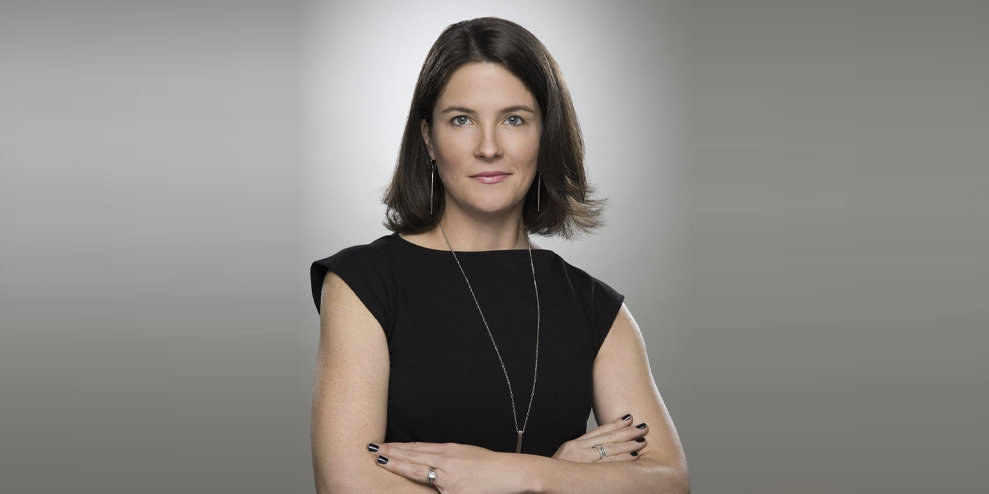New York agency Walrus sprung to life 15 years ago. In 2005, Frances Webster and colleague and spouse Deacon Webster had learned that the agency they were working for, Mad Dogs and Englishman, would close. (It has since reopened.) That was a Friday and the following Monday, the two opened Walrus with a bunch of account people and five accounts.
The intervening decade and a half were a time of rapid change for the industry. “It’s just so much faster and so much cheaper,” said Webster. “I mean, people are shooting movies now on iPhones, you know, good ones. Yeah. Back then, back then there wasn’t even an iPhone.”
Webster said the rapid digitization of media has had little effect on the role of advertising, which he said is still viewed as interruptive. Still, there is a small portion of advertising that people like and the agency’s mission is to make more of that kind of advertising.
Examples from the agency include ads for stool softener Colace that are designed to run as people are waiting for their videos to load and Feats of Middle Age, a campaign for magnesium brand Slow-Mag MG that features accomplishments like Getting Out of the Pool Without Using the Ladder rendered in comic-book style.

Deacon Webster, co-founder and chief creative officer, Walrus SCOTT MCDERMOTT
As Webster explains, changing how the world feels about advertising is a lofty goal, but “we’ve tried to put that lens over all the work that we make,” he said. “Would we be ashamed if our friends saw it? Or would they like us for it and want to tell their friends that this is what we do?”
The combination of a real-life perspective on how the work is perceived along with the ability to make funny ads is a hallmark of Walrus’ work. “The key is just putting the audience first,” said Frances Webster, the agency’s cofounder. At the same time, Walrus is cognizant that the messaging has to work for clients.
“I think it’s no surprise that the world hates advertising 99 percent of the time—it interrupts their web search experience and gets in the way of their shows, and it kind of yells at them. But there is a small portion of it out there that people actually like,” said Webster. “So we want to make more of that.”
This article first appeared in www.forbes.com

